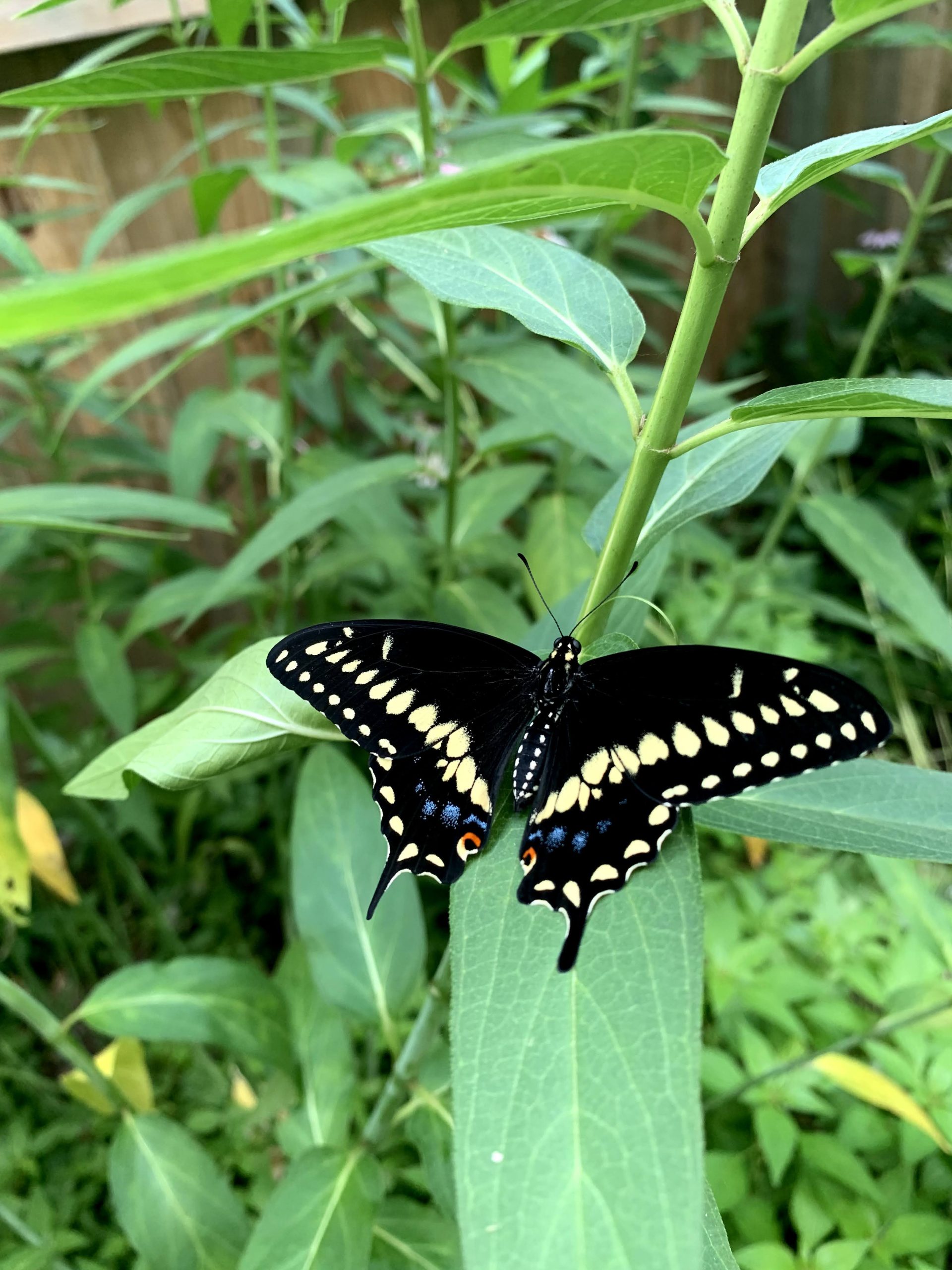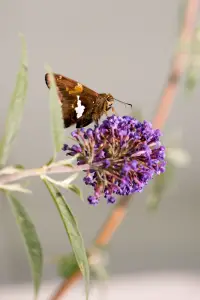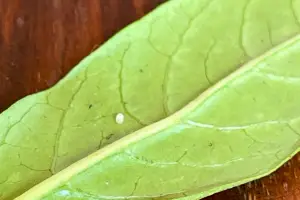Learning to raise butterflies is such a fun process, but there can be a learning curve with all the butterfly terminology. I’ve compiled a comprehensive glossary for butterfly enthusiasts to help you decipher what commonly used phrases mean!
Think of something that would be useful for new pollinator gardeners or butterfly enthusiasts to know? Let me know in the comments and I’ll be happy to add to our glossary!
Adult: The final stage of a butterfly’s life cycle, when it has fully developed wings and reproductive organs.
Antennae: The two long, thin sensory organs on the head of a butterfly that help it to sense smells and navigate its environment.
Basking: The behavior of a butterfly where it spreads its wings and exposes its body to the sun in order to warm up.
Butterflies: The common name for a group of insects in the order Lepidoptera that have wings covered in scales.
Chrysalis: The pupal stage of a butterfly’s life cycle. The caterpillar transforms into a pupa inside a protective casing called a chrysalis, where it undergoes metamorphosis into an adult butterfly.
Cocoon: The protective casing spun by moth caterpillars during the pupal stage. Unlike butterflies, moths spin cocoons around themselves before entering the pupal stage.
Complete metamorphosis: A type of insect development that involves four distinct stages: egg, larva, pupa, and adult. Butterflies undergo complete metamorphosis.
Diapause: A period of dormancy or inactivity in a butterfly’s life cycle, often triggered by seasonal changes or adverse environmental conditions.
Eclosion: The emergence of an adult butterfly from its pupal casing.
Egg: The first stage of a butterfly’s life cycle, when a female butterfly lays an egg on a host plant.
Frass: The waste material produced by a caterpillar as it eats.
Host Plant: The plant species on which a butterfly lays its eggs, and on which the caterpillar feeds.
Instar: The stage between two molts of a caterpillar. Caterpillars typically go through five or six instars before they pupate.
Larva: The caterpillar stage of a butterfly’s life cycle. Larvae are often referred to as caterpillars and are the only stage of a butterfly’s life where they can eat.
Molt: The process of shedding its skin that a caterpillar goes through in order to grow larger.
Nectar: A sweet, sugary liquid that butterflies feed on. Nectar is produced by flowers to attract pollinators like butterflies.
Pheromones: Chemical signals that butterflies use to communicate with each other, particularly for mating.
Proboscis: The long, tubular mouthpart that butterflies use to suck up nectar and other liquids.
Puddling: The behavior of a butterfly where it lands on moist ground and drinks mineral-rich water.
Pupa: The developmental stage between the larva and adult stages, during which the caterpillar transforms into a butterfly or moth.
Scales: The tiny, overlapping plates that cover a butterfly’s wings and give them their color and pattern.
Sphragis: A plug of dried mucus that male butterflies use to seal the female’s reproductive tract after mating to prevent other males from fertilizing her eggs.
Spiracles: The small openings along the sides of a caterpillar’s body that allow it to breathe.
Thorax: The middle segment of a butterfly’s body, to which its wings and legs are attached. The thorax contains the butterfly’s flight muscles.
Understanding this butterfly terminology will help you further understand the lifecycle and lifestyle of all your favorite butterflies!







